How to make a lo-fi dictaphone recording and use it in your DAW
Use your portable speech recorder to create some lo-fi goodness
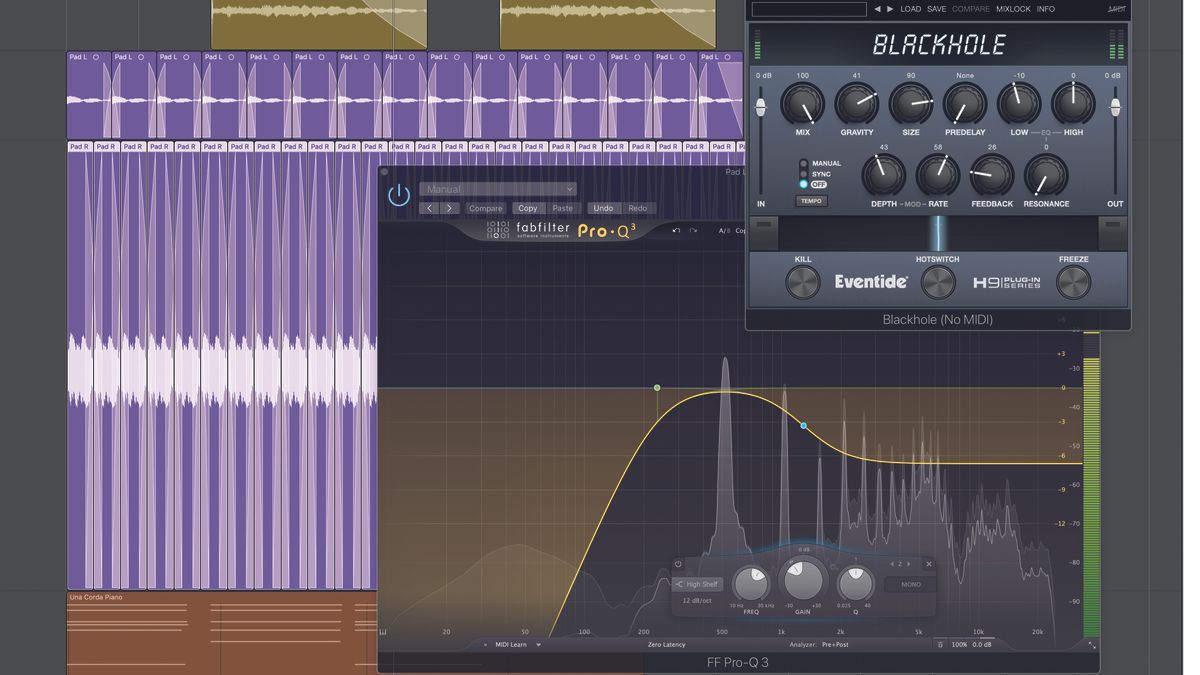
An old-school dictaphone recording can provide a pleasing, lo-fi edge which contrasts nicely with the more ‘produced’ elements in a track. Let’s try it with some piano chords…
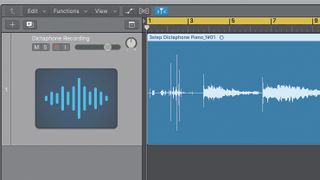
Step 1: We’ve set our dictaphone to record and captured some upright piano chords and some isolated, higher notes. We could plug in a USB cable and transfer these directly to our DAW, but we’re adding a second layer of lo-fi, by recording them via a mic and preamp, as played back through the dictaphone’s speaker.
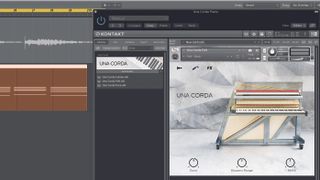
Step 2: We mute the original dictaphone recordings and set up the Una Corda piano instrument within Kontakt, recording the same two piano chords we captured via the dictaphone. These are captured at 120bpm, whereas the dictaphone recordings were made without a tempo in mind.

Step 3: We duplicate the original audio track and copy the dictaphone recording down to it. We then chop the two chords and place them alongside the Una Corda parts. We place each chord on its own track, so that it can fade smoothly as the next chord takes over.
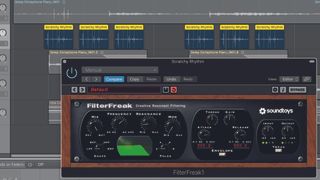
Step 4: Next we select the short, scuffly piece of audio before the piano chords are recorded. This rustling is a series of rapid-fire short audio spikes. We use Logic’s Flex Time algorithm to ‘quantise’ these, which means each spike is moved to the nearest 16th note. This produces a rhythm, which we repeat at the start of each bar.
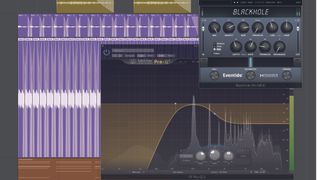
Step 5: We isolate the two single piano notes recorded after the chords and assign them to an audio track each. We select a short piece of each note and loop the audio file, using Equal Power Crossfades between each slice. We then add EQ and a long reverb to turn these notes into ‘pads’, which are panned to alternate sides.
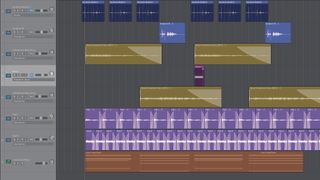
Step 6: We add two more details. A similar scratchy rhythm from the end of the file fills in the gaps between the main rhythmic figure. And we also use the ‘beep’ from the start of the dictaphone recording. We check its pitch against the piano and transpose it to the root note, stretch it and add a long reverb.
Get the MusicRadar Newsletter
Want all the hottest music and gear news, reviews, deals, features and more, direct to your inbox? Sign up here.
Future Music is the number one magazine for today's producers. Packed with technique and technology we'll help you make great new music. All-access artist interviews, in-depth gear reviews, essential production tutorials and much more. Every marvellous monthly edition features reliable reviews of the latest and greatest hardware and software technology and techniques, unparalleled advice, in-depth interviews, sensational free samples and so much more to improve the experience and outcome of your music-making.

"A classic compressor for free on Valentine's Day – it must be love!": Universal Audio is giving away an 1176 plugin as a Valentine's gift - here's how to get it and use it
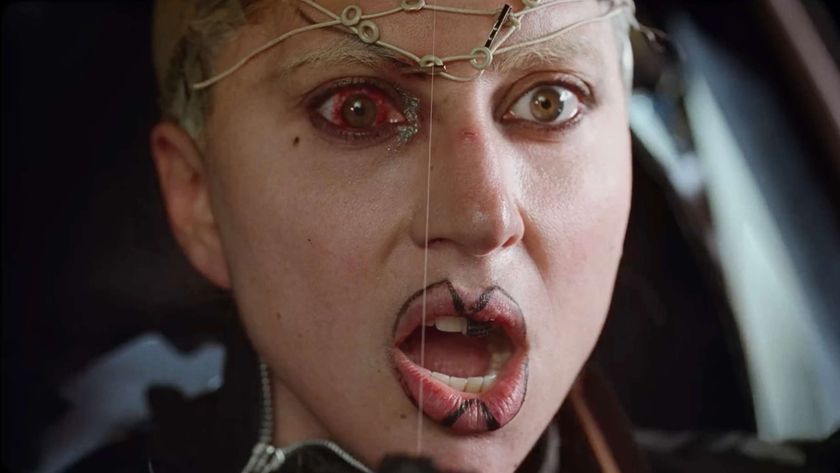
“A magical part is this sidechain with the bass”: Lady Gaga breaks down Disease in new studio video










